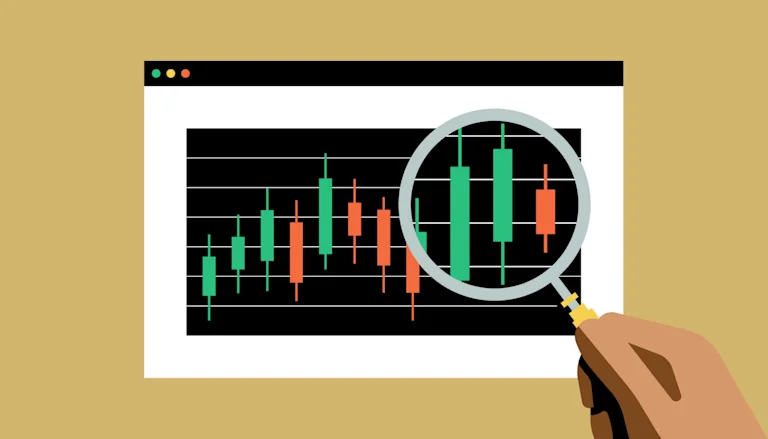
Understanding Trading Arbitrage Crypto: Strategies and Tools
In the fast-paced world of cryptocurrencies, trading arbitrage crypto has become a popular method for traders looking to capitalize on the inefficiencies in pricing across various exchanges. Arbitrage involves buying an asset at a lower price in one market and selling it at a higher price in another, thereby making a profit from the price difference. As the cryptocurrency market is highly volatile and operates 24/7, opportunities for arbitrage can arise at any moment. In this article, we will delve into the intricacies of cryptocurrency arbitrage, its advantages and disadvantages, methodologies, and important tools, including resources you can find at Trading Arbitrage Crypto https://www.kikimora.tech/.
What is Trading Arbitrage Crypto?
Trading arbitrage in cryptocurrency refers to the process of exploiting price discrepancies across different exchanges or markets. As the demand and supply for cryptocurrencies fluctuate, it is common for one exchange to list a price that is different from another. Traders can take advantage of this by buying a cryptocurrency at a lower price on one exchange and selling it on another where the price is higher. This practice requires quick decision-making, as the time window for arbitrage opportunities can be very small.
Types of Arbitrage Strategies
There are several types of arbitrage strategies that traders use in the crypto market. Here are the most commonly utilized methods:
1. Spatial Arbitrage

Spatial arbitrage is the most straightforward form of arbitrage, involving the simultaneous purchase and sale of a cryptocurrency on different exchanges. This strategy relies solely on the geographical price differences of assets across exchanges. For example, if Bitcoin is trading at $40,000 on Exchange A and $40,500 on Exchange B, a trader can buy $1,000 worth of Bitcoin at the former and sell it at the latter for a quick profit.
2. Triangular Arbitrage
Triangular arbitrage involves taking advantage of the price differences between three different cryptocurrencies. In this method, a trader might exchange currency A for currency B, then currency B for currency C, and finally currency C back to currency A. If the calculated rates do not equate perfectly, an arbitrage opportunity can be seized. This method is often utilized in foreign exchange trading and can also be applied to crypto markets.
3. Statistical Arbitrage
Statistical arbitrage relies on historical price patterns and statistical models to determine when the price of a cryptocurrency will revert back to its mean value. Traders analyze large data sets of price movements and correlations between different cryptocurrencies to predict future price movements. This type of strategy requires sophisticated algorithms and strong analytical skills.
Advantages of Trading Arbitrage Crypto
Trading arbitrage crypto offers several advantages that can make it an attractive option for traders:

- Low risk: As long as the trades are executed promptly, the risk is relatively low since the strategy is based on price discrepancies rather than market direction.
- Profit potential: The price discrepancies across exchanges can lead to profitable opportunities, especially in a volatile market like cryptocurrency.
- High liquidity: Many exchanges have high volumes, allowing traders to buy and sell without much slippage.
Disadvantages of Trading Arbitrage Crypto
Despite its advantages, trading arbitrage crypto also comes with several challenges:
- Transaction fees: The cost of trading can eat into profits, especially if the price difference is small.
- Time-sensitive: Cryptocurrency markets are highly volatile, meaning that opportunities can disappear rapidly.
- Regulatory issues: Some exchanges may have restrictions on trading or withdraw limits that can hinder arbitrage opportunities.
Tools for Effective Arbitrage Trading
A successful arbitrage trader needs to employ several tools and platforms to maximize their potential profits:
- Arbitrage Calculator: This tool helps traders quickly calculate whether an arbitrage opportunity is profitable after accounting for transaction fees.
- Price Tracking Software: Tools like CoinMarketCap or CoinGecko allow traders to monitor real-time prices across various exchanges to spot opportunities.
- Bots: Many traders employ trading bots that can automatically execute trades based on predefined criteria, allowing them to react quickly to market shifts.
Final Thoughts
Trading arbitrage crypto offers a way for traders to potentially earn profits by exploiting price discrepancies, but it requires diligence, quick decision-making, and the right tools. As the market continues to evolve, understanding these dynamics and leveraging the right strategies will be crucial. Whether you are a seasoned trader or a newcomer to the crypto world, arbitrage trading can provide opportunities if approached with care and proper knowledge.